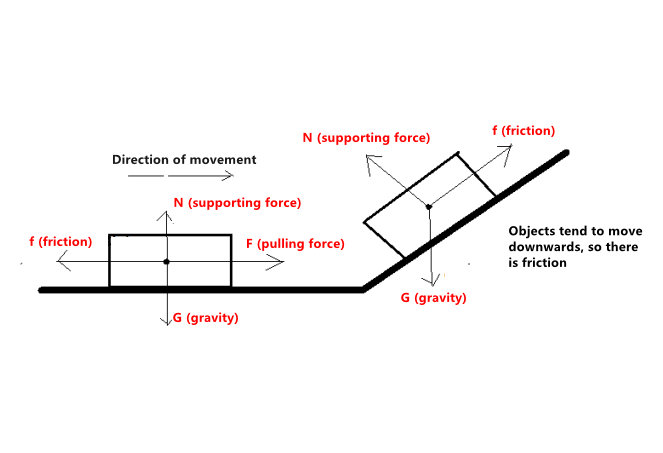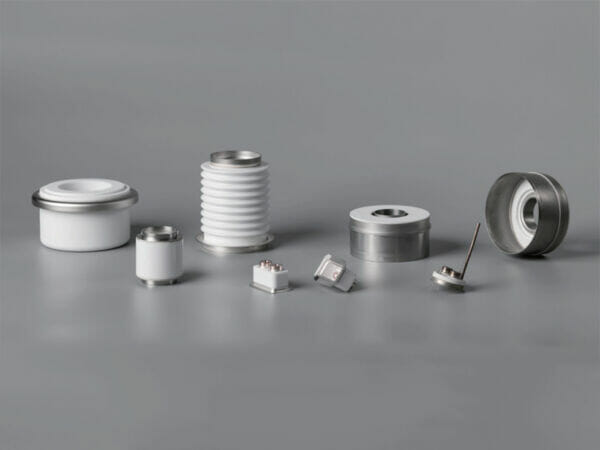Breaking Down the Coefficient of Friction
Have you ever tried to slide your trusty sneakers across a polished floor? That resistance you feel is what professionals call the coefficient of friction. It’s the unsung hero of physics that keeps our world, quite literally, grounded! From brake systems to everyday items, this frictional force is vital in ensuring everything works smoothly. Without it, we’d be sliding off into chaos, and not in a charming, ice-skating kind of way.

Exploring the Friction Coefficient
In the realm of materials science, the term friction coefficient is thrown around like confetti at a Boston parade. It quantifies how well two surfaces grip one another, a crucial piece of the puzzle in both engineering and design. This metric determines everything from tire grip on wet pavement to the smoothness with which your favorite new gadget operates. Imagine the innovation that springs forth when engineers can precisely control this enigmatic ratio!
The Impact of Zirconia Ceramic
When we consider durability and versatility, zirconia ceramic flies to the top of the list. This material boasts an impressive friction coefficient that not only enhances the lifespan of components but also boosts their overall efficiency. Engineers adore it because zirconia has a remarkable ability to withstand wear, heat, and an assortment of other challenges tossed at it. The future of technology is shimmering with the promise of zirconia ceramic!

In Conclusion: Why Great Ceramic Shines Bright
In the grand scheme of things, understanding the nuances of the coefficient of friction is vital for innovation. With leading materials like zirconia ceramic making strides, it’s essential to partner with trustworthy manufacturers. Enter Great Ceramic, which not only supplies premium-quality ceramic materials but also boasts the expertise to help you navigate the complex world of material selection. When you choose Great Ceramic, you’re aligning your projects with reliability and excellence—now that’s a smart move!
